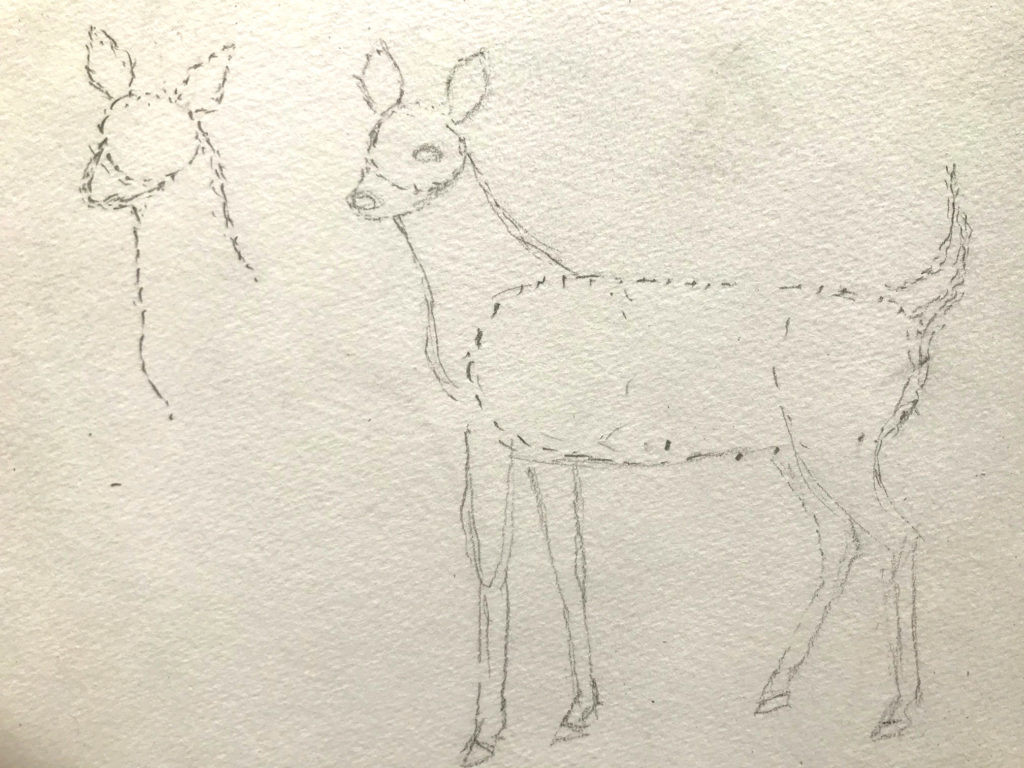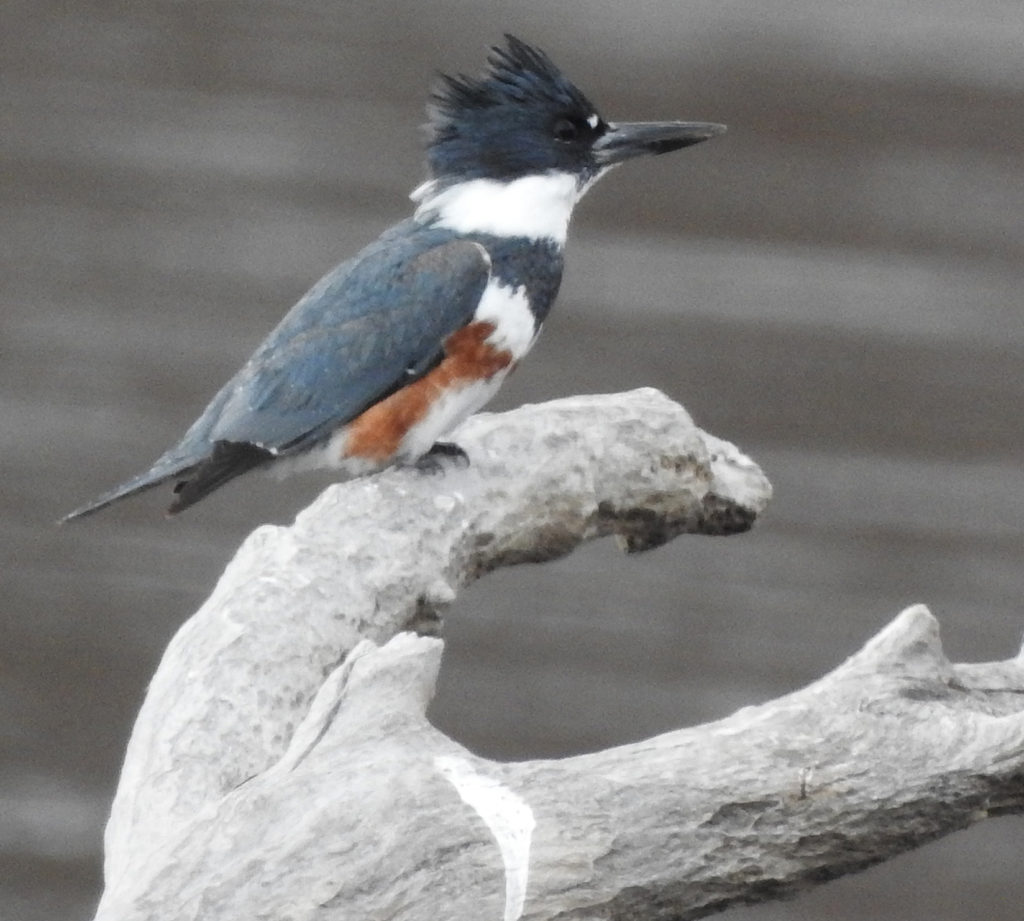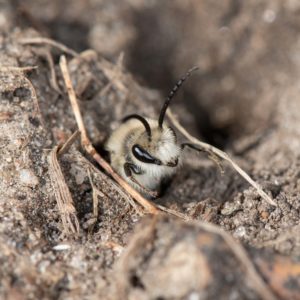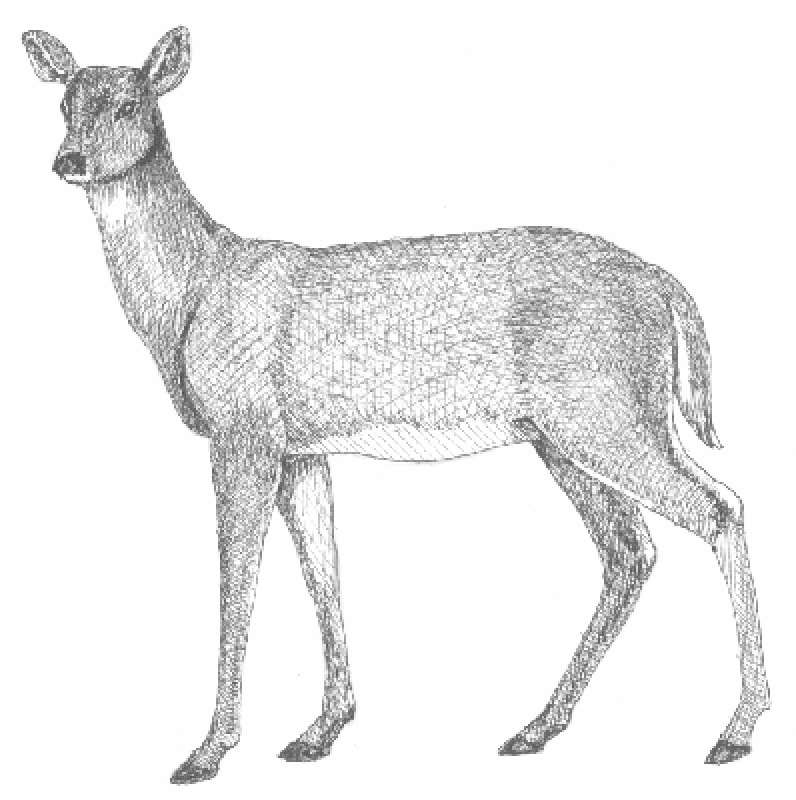Full speed ahead at Nature School – buckle your seat belt:
a. We continue to build on our experiences from the four previous weeks by looking for new Signs of Spring.
b. Biologist Heather Holm shares the research she is doing right now in the Twin Cities.
c. This week’s Twenty Minute Hike is called Seeking Beauty.
d. Try-out the Spring Bird Quiz. See how many birds you can ID.
e. Artist Karen Anderson, will teach you how to draw a deer.
f. Be sure to share a nature note, a poem, a photo, or something you experienced at the bottom of the post.
Did you miss any of the first four weeks of Nature School? Click here to see links to the previous lessons: Also, isn’t it time to make your nature notebook?
If you want to make your own deluxe nature notebook, ArtStart in St. Paul has a creativity kit available for $30 (plus $3 shipping). Go to: http://www.artstart.org/product/creativity-kits/. Scroll down to the Lewis and Clark Expedition.When you order, say that you are from the Nature School and request 30 additional pages.
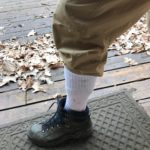
Safety Alert: With the warmer weather, ticks are active. Stay on walking paths/Do not walk on deer trails. You can wear shorts or pants. If you choose to wear pants pull your socks over the pant leg so if you can see a tick crawling up your leg. Do frequent tick checks. At home, do a thorough tick check.
Thanks to Heather Holm, Nick Dorian, Karen Anderson, Jeanette Dickinson, Amelia Ladd, Janine Pung, and Cindy Eyden for contributing to Nature School this week.
1. Signs of Spring Nature Hunt
1. During the entire week, see how many signs of Spring you can find using the Signs of Spring Bingo Chart below. You can compete against other people to see who could find the most signs of spring during the week. Go for a Black-Out!
To download and print the page below: click here. Put the page in your nature notebook.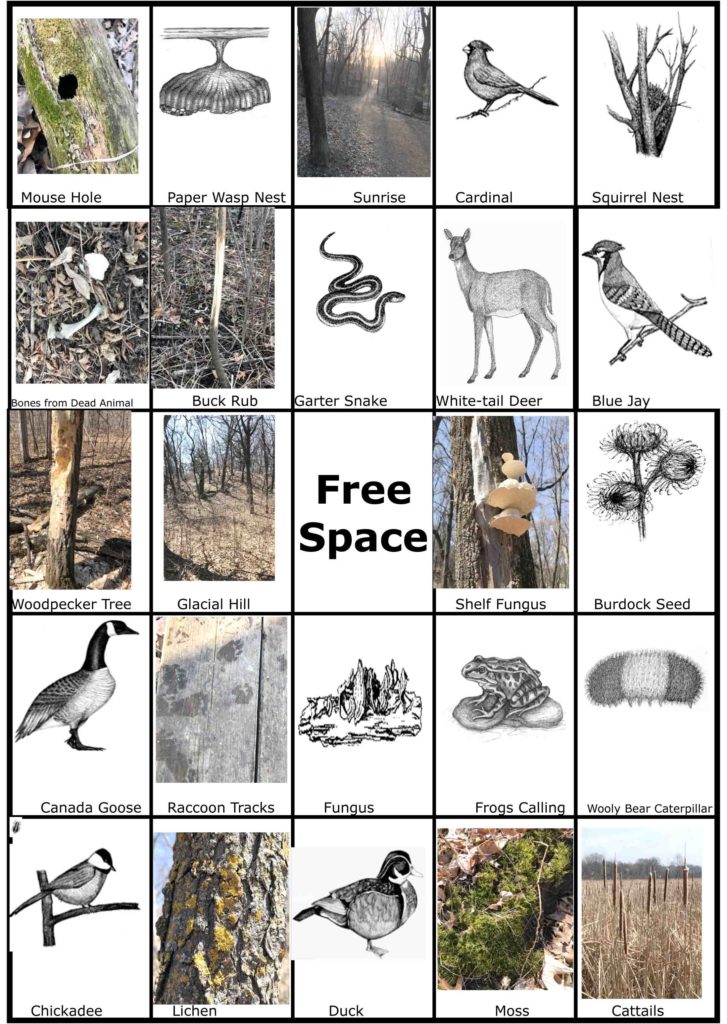
2. Language Arts and Nature
In this activity, you are going to read the article by biologist Heather Holm. Then you will write a fiction story using facts from the article. In the article, Heather shares her knowledge and photos of an early spring bee, called the cellophane bee.
Click here to read Heather Holm’s article.
What to do:
1. Read Heather Holm’s article. write down facts that you want to include in your cellophane bee story.
2. The title of your story is “My Life as a Cellophane Bee“. You will take on the persona of a cellophane bee and write your story in the first person.
Here is a possible start to your story:
“My mother is dead, but I hatched from her egg last summer in a deep hole that she dug for me and others. She put lots of pollen and nectar in there for me to eat……”
You can use the start of my story or write your own from the beginning. Try not to make stuff up, … use the facts.
3. When you complete your story, read it to an adult you live with.
3. Twenty Minute Hike
Seeking Beauty
a. Take five, calming breaths. Breathe in through your nose and out through your mouth.
b. Hike slowly along a trail, looking for objects or shapes in nature that you think are beautiful.
c. Using a cell phone or Ipad, photograph the objects you think are beautiful. If you have a magnifier, it can be put over a cell phone lens and take close-up shots of small things.
d. Choose five of the photos that you think are the best and put them in your nature notebook. Write a sentence or two describing why you think each object is beautiful.
4. Spring Birds Quiz
Have you been able to identify some spring birds? It may be time to take the Spring Birds Quiz.
What to do:
a. You can use the the Spring Bird Coloring pages from Week 3 of Nature School to help you during the quiz.
b. If you haven’t had a chance to color the Spring Bird pages, you might want to do that first. Click here and scroll down to the Spring Birds coloring page.
c. Then Click here to take the Spring Birds Quiz. Have fun.
5. How to Draw a Deer
Once again we are lucky to have our resident artist, Karen Anderson continue our drawing lessons. This week she shows you how to draw a deer.
What to do:
a. Practice the basics of drawing a deer in your nature notebook, by using Karen’s handout, “Draw a Deer”.
b. You may want to finish your sketch, filling in the details, using Ami Ladd’s illustration.
To download and print “Draw a Deer” (below): click here.
